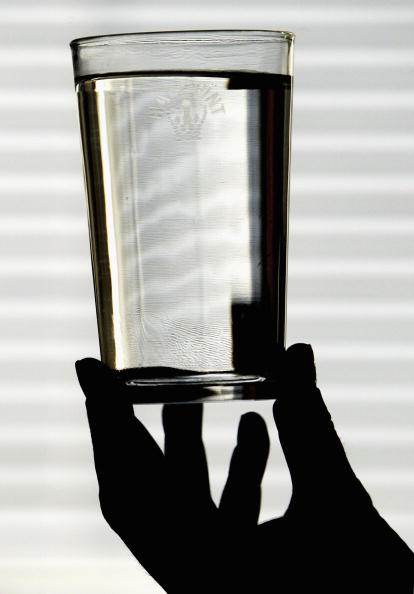
The U.S. Department of Health and Human Services is lowering its recommendation for the optimal concentration of fluoride in drinking water. Adding fluoride to public water supplies has greatly reduced the incidence of tooth decay and cavities, and is considered a public health success story, but too much fluoride can cause white spots to develop on teeth.
The department is lowering the recommended amount of fluoride in water to 0.7 milligrams per liter. The previous recommendation, which was made in 1962, allowed for between 0.7 and 1.2 milligrams per liter.
The new standard was announced by Deputy Surgeon General Boris Lushniak. He noted that one study found that about 40% of teens had some white spots or streaks on their teeth. The white spots are strictly cosmetic and do not harm the teeth. Fluoride is now added to toothpastes and mouthwashes, among other products, but at one time such products were not common.
Cities and public water utilities started adding fluoride to water in the 1940s as a public health effort. Grand Rapids, MI, was the first municipality to add fluoride to the drinking water. A study later found that there was a dramatic drop of 60% in tooth decay in that city. Three out of four Americans now get fluoridated water from their taps.
Fluoride is naturally found in soil and water in various concentrations around the country. Dentists noticed that people living in certain areas had healthier teeth and connected it to the amount of fluoride they were getting naturally.
However, adding fluoride to public water supplies has been controversial from the start. Opponents have claimed that the health effects of fluoride are not understood and even made claims that water fluoridation was a Communist plot.
To avoid a child getting too much fluoride, children under age 2 should not use toothpaste that contains fluoride unless a dentist OKs it. Parents should teach their children to use only a pea-sized amount of toothpaste on their brush.
